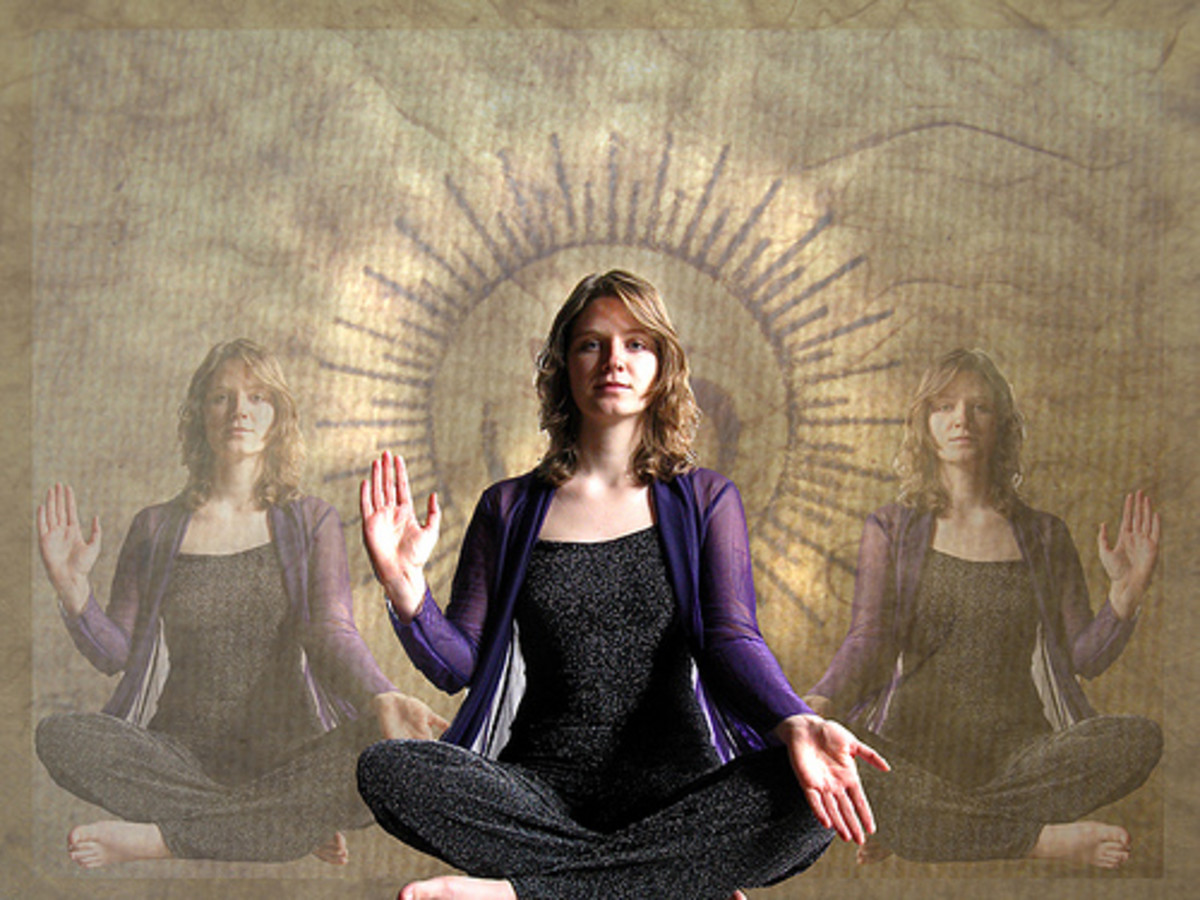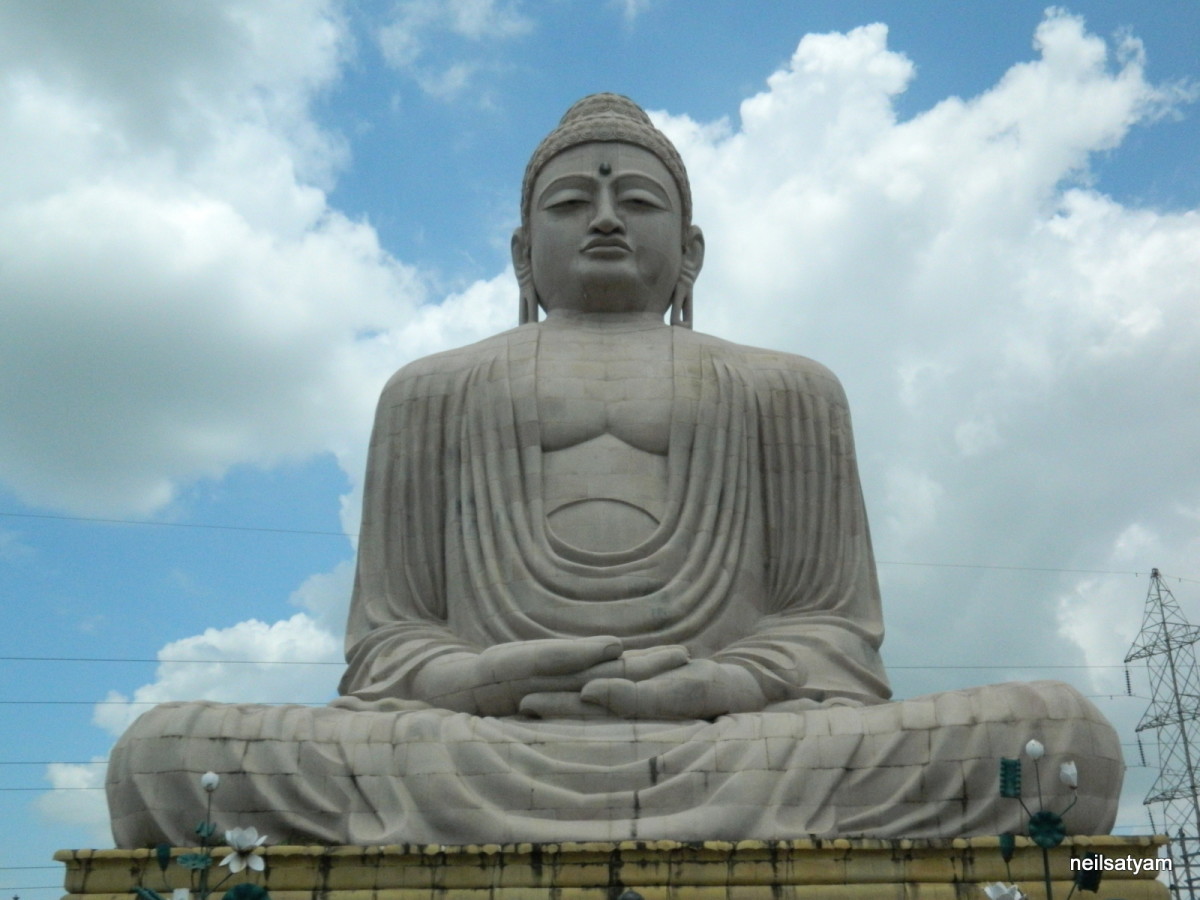Mindfulness Meditation to Heal Addiction

Break the addictive cycle with the power of meditation
In her book ‘Heal Your Body A-Z’ Louise Hay defines addictions as ‘running away from the self. Fear. Not knowing how to love the self’. The new thought pattern needed to heal addictions would be: ‘I now discover how wonderful I am. I choose to love and enjoy myself’. Indeed addiction is a compulsion born out of avoidance, so strong is the stress caused by whatever triggers the addictive mentality. Few realise that addiction is an illness of the spirit: that’s why practices such as mindfulness meditation can help considerably with the process of breaking the addictive cycle. To beat addiction one has to foster a lifestyle that prevents relapsing, as real change come only from an internal shift, an internal motivation.
True, addiction is firmly rooted in physiological and emotional processes, hence it’s rather difficult to ‘kick the habit’, because a ‘re-wiring’ of neurological pathways is required: it takes in average about three months to alter the physiology of the brain. Addiction though is also the unhealthy response to a ‘spiritual’ dilemma, a false answer to a call that comes from our deepest being and needs. Meditating has profound emotional and physiological effects: it can indeed be the answer to that desired change.
When we refer to ‘addiction’ images of junkies, hopeless drunks or lost souls that quite clearly ‘don’t have it together’ come to mind: rarely we associate addiction to the successful or ‘normal’ individual, with a good job, a social life, a family- someone who seemingly has it all, or most of it. ‘Addicts’ are those ‘other people’ who have developed a dependency to a drug, alcohol, perhaps sex, work, gaming and gambling and who obviously have a ‘problem’.
Indeed, there are specific cases where it is obvious that the individual is affected by addiction: this is what Craig Nakke, in his book ‘The Addictive Personality’, calls this stage 2 & stage 3 of addiction. This is when things are ‘out of control’ and the individual’s existence centres around the addictive cycle/object. Stage 1 though is more insidious, because the ‘shift’ has taken place only internally: the pattern of the addictive behaviour is yet not visible or established enough to be recognisable. One can also say that addictive behaviour doesn’t necessarily reach stage 3: it can in fact linger at stage 2 (a change in personality has occurred, but the addict is still ‘functional’) for a long time, or be extremely contained, so that it’s so secretive that onlookers don’t quite realise the gravity of what is going on. The issue is the quality of life of the individual: a person afflicted by addiction will not be able to enjoy life to the full. A person with an addictive personality will in fact fail to thrive and will fail to reach their own full potential, no matter how successful and healthy they look from the outside.
Addiction, tout court, is a warped response to painful feelings: recurring to a substance or activity to ‘lift the mood up’ is not in itself pathological, but it becomes so when it’s the only coping strategy, used repeatedly. It’s unhealthy for example if ‘work’ becomes a way to avoid feelings of inadequacy in human relationships: it’s not in itself unhealthy if once after a row at home, one decides to plunge into a project to calm the mind and the emotions. It would be unhealthy though if the individual used work as an avoidance tool on a regular basis.
Mindfulness meditation is simple: it’s about getting used to being in the ‘now’. Patterns of programming push us towards the past and future, and we often forget we live in our bodies, now: mindfulness meditation is very powerful because it returns our physiology to a natural state, hence bringing balance to emotions and mind. Practically speaking, there is nothing complicated about practicing mindfulness meditation; after having established the correct posture (it’s done sitting down, the spine erect but relaxed at the same time, on a chair or in ‘lotus’ position), breathing is directed in such a way to be regular. The gaze is directed down, in the typical Buddha-like way we often see in Buddha statues: the attention is on the mind, or rather clearing it. It’s more difficult that one may expect, as all sorts of thoughts usually keep popping up: yet establishing calm in the mind slows down any stress present, and helps to shift from a place where the individual ‘reacts’ to stress, to a place where the individual ‘responds’ to stress. Stress/fear/anxiety is often responsible for addictive behaviours, as the individual uses substances/food/work etc. as a coping mechanism: this works temporarily, but it then ends up creating more problems than the original issue- a lack of resources to face an emotionally challenging situation.
Meditation requires adopting a ‘passive’ attitude: a goal oriented approach will not work in establishing the meditative state. Any thoughts that may occur are not to be engaged with, they have to be simply observed and let go. Western culture is eminently ‘competitive’ and perhaps this is why addiction has become such a huge problem: perhaps the stress of ‘competing’ at all times is indeed preventing people from allowing their body to snap out of the fight-or-flight response. If we live in the constant belief that we have to achieve goals all the time, we reject our humanity: we are precious as human beings because of ourselves, and we don’t need money, jobs, clothes etc. to define us. Mind you, that doesn’t mean that success and abundance are bad things: but they are there to serve our spirit, not to devour it.
‘Mindfulness’ is in fact the most difficult thing to achieve for an addict: and actually, probably the most needed. Addiction develops as an avoidance mechanism that becomes pathological, taking over the whole personality in its most severe form, and stunting the person’s potential in other milder cases. Can a simple yet powerful practice such as meditation support the individual in substituting an addictive pattern with a healthier one? Apparently yes. Thomas and Beverly Bien, in their book ‘Mindful recovery’, integrate Buddhist teachings and the practice of mindfulness in a non-religious context: they identify ten ‘Doorways to Mindfulness’ with the aim of building a meaningful life without addiction after quitting.
‘Doorway four’ is practicing meditation every day for a length of time. All the ‘doorways’ are in fact designed to bring the individual back to living life in the present, through a sense of connectedness: the list is constituted by ‘return to the present moment’; ‘consider life a story you are writing’; ‘journaling’; ‘connect to the natural world’; ‘healthy relationships’; ‘explore dreams’; ‘practice mindfulness at work’; ‘learn to hold and embrace difficult emotions’; and finally, ‘practice, practice’ practice’.
The most relevant gift of meditation is I believe the fact that the individual re-gains the ability to connect to the real self, and can face unpleasant emotions/fear through strengthening the whole system: in a word, the individual learns to respond to pain and stress, rather than blindly panic and seek a ‘crutch’. ‘Urges’ (the compulsion to ‘use’) can be fought through passivity, the Biens advise, rather than an internal battle. Like unwanted thoughts, they are to be observed and let go, without engaging actively. An interesting insight is also the creative use of the meditative environment: it has to be conductive to peace. So one may use relaxing music, or incense: this engages our senses but also trains the individual to seek an environment that supports a certain lifestyle, and that is key in stopping the violence inflicted on the self through the addictive cycle. The addict needs to make an effort to not only change a habit, but ultimately to seek a whole new lifestyle that responds to the deeper needs that went unheard.
Addiction is ultimately a form of violence towards the self: addicts often know that what they are doing is self-destructive, and they do have moments of lucidity where they seek to come out of the addictive cycle. It’s very hard though, as addiction has been put in place to fill a ‘void’ that was there in first place: addictive behaviours automatically cease if that void is filled with something that supports and honours the spirit.
I’d like to present a reflection by the Dalai Lama from his book ‘Advice from the Heart’ to conclude this article: to me, this sums up the nature of addictive behaviour and the nature of human existence. Perhaps ‘suffering’ is there to cause a reflection, hence spiritual development:
Everybody knows that drugs are harmful to health and confuse the mind. Even if they calm fear and anguish temporarily, they are incapable of extinguishing suffering altogether. They only mask it for a while. In order to overcome suffering, we must begin by understanding it and recognizing its nature and what causes it, and substance abuse makes that reflection impossible.
Further reading









